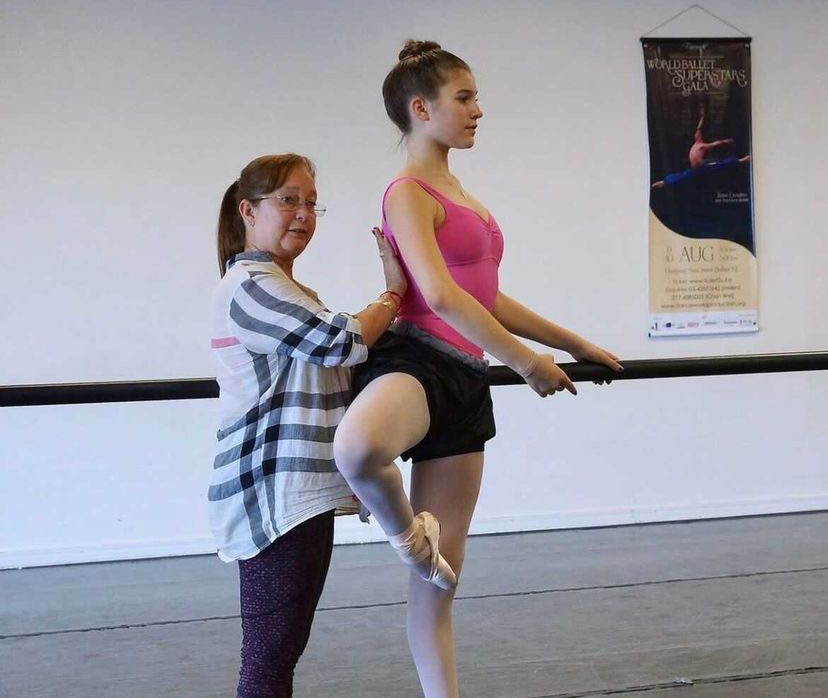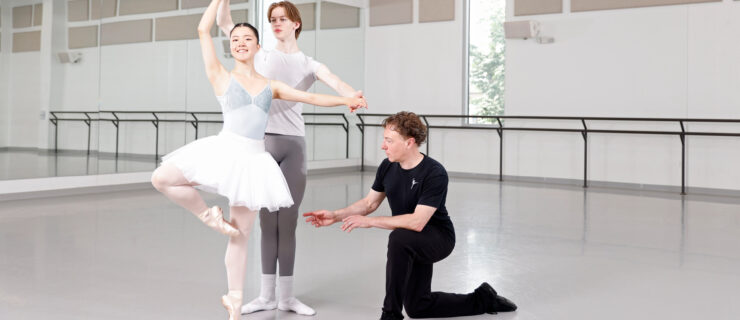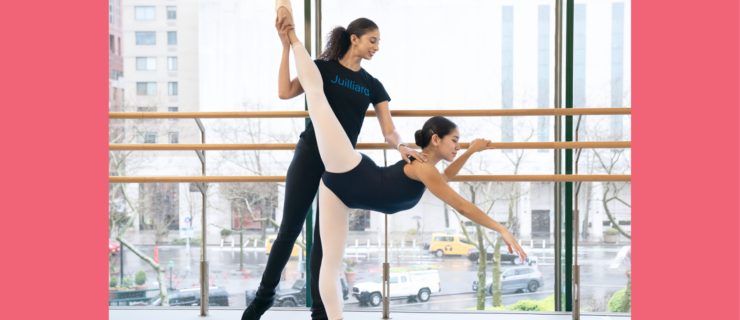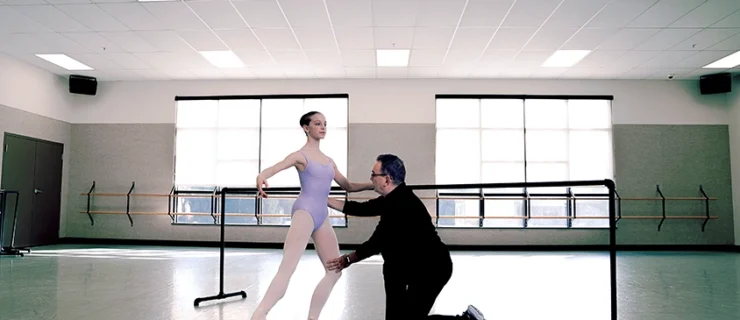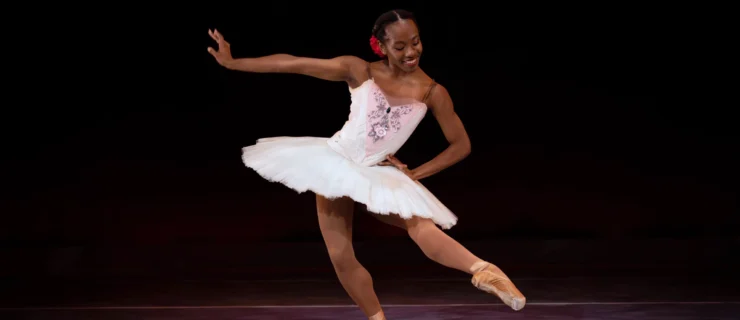Improve Your Pirouettes With These Tips From Magaly Suárez
Some dancers may seem born to turn, but most of us spend years in the studio working to improve our pirouettes and fouettés. Is there a secret to turning well? Magaly Suárez, founder and artistic director of The Art of Classical Ballet in Pompano Beach, Florida, has produced a long list of dancers who appear to pirouette effortlessly. Born in Cuba, Suárez teaches the Cuban method and believes the retiré action is imperative for strong turning. “Each day, whether beginner or principal dancer, you must work on the passé as it is used for many steps,” Suárez says.
Below, she shares her tips for successful pirouettes.
Push and Pull
Suárez says that pirouettes should have a push and pull sensation: “You push the floor away with the supporting leg while pulling the body up.” Focus on the lifting action of your retiré and relevé as high as you possibly can whilepressing down into the floor. Doing so will help maintain a sense of weightlessness.
“Think of pulling the passé up with your toes. The higher the passé, the more pirouettes you can do.” Why? “Because there is more distance and area. The distance [from the floor] gives you more strength in your turns because you are actively lifting that side up instead of allowing the passé to hang and the whole side of the body to droop.”
In order to achieve multiple turns, be attuned to your center line of balance. “The relevé is the dancer’s base and therefore must be strong,” says Suárez. “Once up, you need to maintain the alignment of the hips and shoulders and spot.” (If you struggle with this, first feel your balance in retiré relevé, then add the turning motion.) Suárez often sees students lose external rotation on their supporting leg. “This motion causes the balance, pelvis and torso to be pushed back.”
The Preparation
Dancers who turn well use their preparation to their advantage. “Let’s say you are preparing to do an en dehors pirouette from fourthposition to the right,” says Suárez. Just before you go to passé, try this:
- “Plié a little deeper, and open the right arm for a second, subtle enough for no one to see.”
- Then, bring the left arm in quickly while the passé presses back. “Think knee behind the shoulder,” says Suárez.
As you begin the rotation, feel the arms attached to your upper back, and keep them engaged throughout the turn. “Think of your arms carrying the pirouette,” she says.
Spotting and Rhythm
“Turns require an internal rhythm that coordinates with the music,” says Suárez. She instructs dancers to use the music as a metronome for spotting. “The music needs to be the guiding force; the rhythm determines how many pirouettes one can accomplish within the choreography.”
Cubans are well-known for their turning skills. Fernando Alonso, who co-founded the Ballet Nacional de Cuba, worked with many of the company’s best turners.“He always said that, besides technique, we Cubans have strong turns because we listen to rhythm-rich music from the time we’re born,” says Suárez. “That rhythm becomes ingrained in our being.”
Spotting with the rhythm also merges technique and musicality. Try to think of pirouettes not as an isolated step, but as part of the larger dance. “Kitri doesn’t turn the same way as Aurora. The difference? Rhythm. Rhythm is character.”
Struggling? Go Back to Basics
Suárez stresses that pirouettes need to be learned incrementally. She has dancers first work on promenades in coupé, then in passé. “You must balance on flat before balancing on relevé,” she says. “You must do quarter and then half turns before a full turn.”
Returning to these basics can help if you’re having difficulty with pirouettes. Establishing the quality of the pirouette is more important than whipping out multiple, but sloppy, revolutions.
